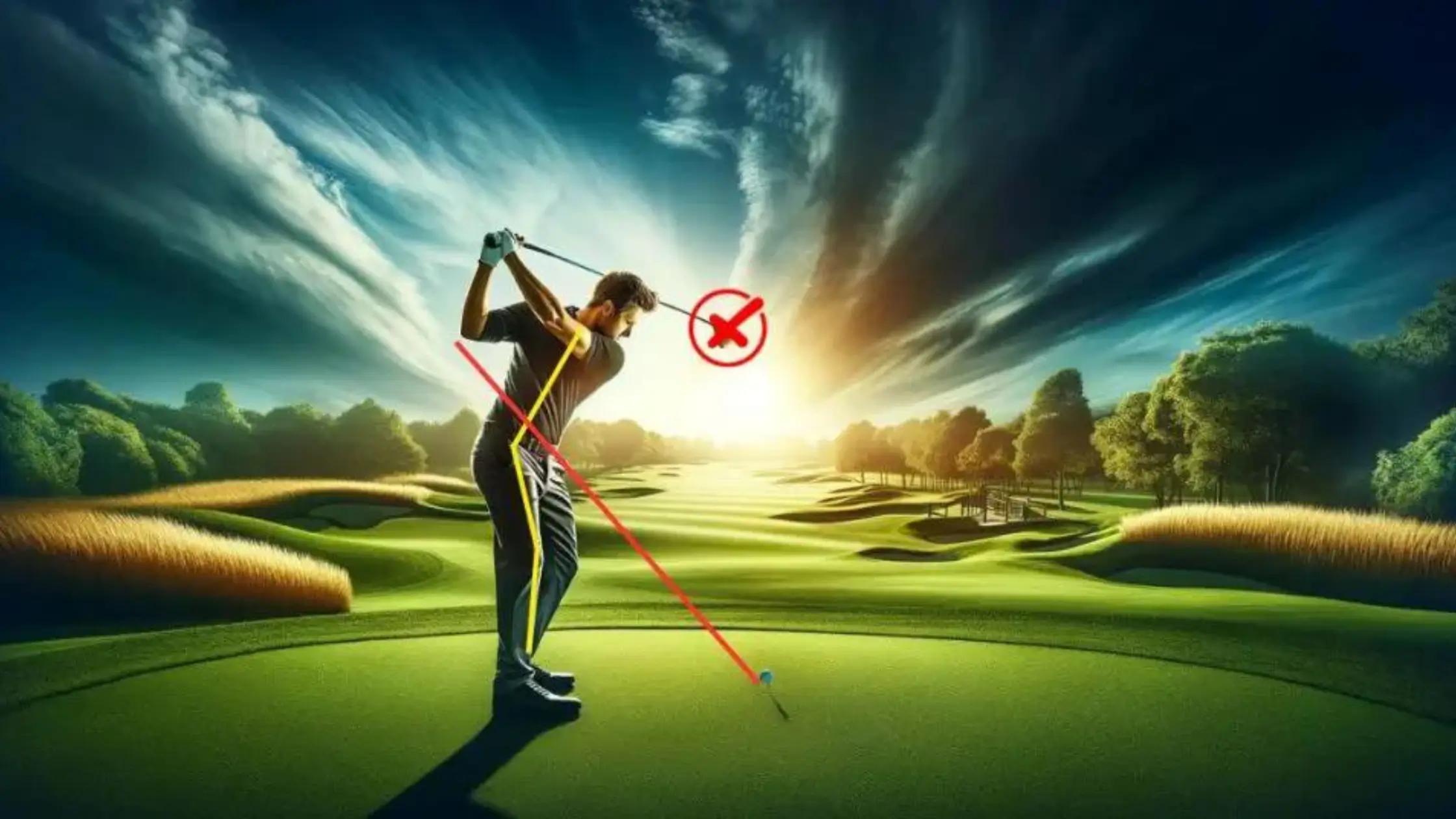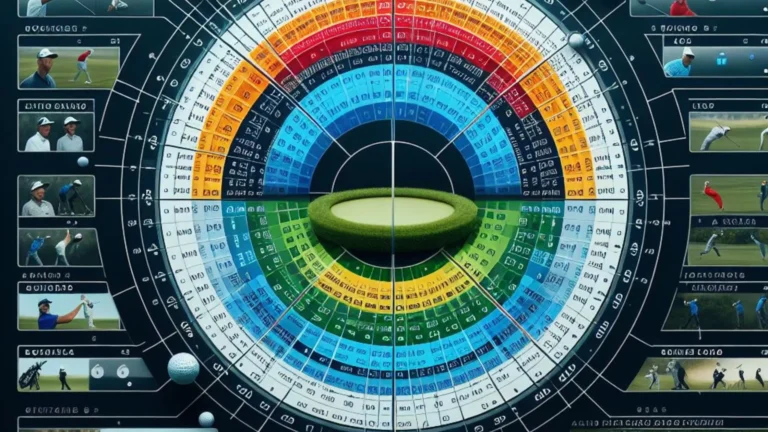The Perfect Golf Swing: Achieving the Ideal Backswing and Downswing Plane
The backswing and downswing are the two most important motions that influence the quality of your golf swing. Mastering the optimal backswing and downswing planes is critical for producing powerful and accurate shots. This comprehensive guide defines the backswing and downswing planes and delves into their complexities to help you perfect your golf swing.
Understanding the Backswing and Downswing Plane
The backswing plane describes the angle of the club shaft as you return it from the ball position to the top of your shoulder turn. It entails lifting the club vertically on a plane while avoiding manipulations that cause the shaft to be too flat, upright, or inside.
In contrast, the downswing plane is the path the club takes as it transitions from the top of the backswing to impact with the golf ball. An efficient plane causes the clubhead to shallow out in order to properly approach the ball.
A repetitive backswing and downswing plane are essential for solid ball striking and improved consistency in your golf swing technique.
Elements Impacting the Backswing Plane
Several interconnected elements affect your backswing plane in the golf swing:
- Shoulder Rotation and Arm Movement
- Effective weight shift from trail foot to lead side.
- Spinal tilt and knee flex during the backswing.
- Hand path and wrist hinge.
Let’s look at each in detail:
Shoulder Turn and Arms
The backswing begins with your shoulder turn, which is followed by your arms and hands. An efficient backswing plane angle is established through adequate shoulder rotation combined with proper arm movement.
To achieve a neutral backswing position, turn your lead shoulder under your chin and lift both arms evenly. If your trailing arm lags, the shaft plane becomes excessively upright. In contrast, an overly dominant trail arm flattens the backswing plane excessively.
Weight Distribution Factors
Shifting weight to your trail side during the backswing promotes a vertical backswing plane. Pressure on your lead side makes it difficult to rotate correctly, frequently requiring you to manipulate the club inside.
Allow your trail knee to move towards your lead knee while flexing it to aid in a centered backswing turn. Avoid sliding your head laterally or tilting excessively in either direction.
Hand Path Alignment
The path your hands take influences the backswing plane angle. As the clubface aligns with your arm plane, the shaft and hands should lift evenly. When the clubface points behind you, the backswing tends to be flat.
Wrist Hinge Timing
Delayed wrist hinge flattens the backswing, whereas premature hinging steepens the shaft plane. To keep the backswing on the proper plane, time your wrist hinge for when your left arm is horizontal.
Mastering the Downswing Plane
The downswing plane is best described as the opposite of the backswing plane. An efficient downswing occurs when the clubhead shallows appropriately towards impact.
Here are the primary contributors to the downswing plane:
- Exercises include weight shifting, centered rotation, and wrist release.
- Arm-Club Synchronization
- We will analyze each element individually.
Weight Transfer Impact
As you begin the downswing, immediately shift your weight to your lead foot. Approximately 75% of your weight should be on the lead side to maintain an efficient downswing plane.
Rotational Sequence
Uncoil your torso uniformly while avoiding lateral slides. To properly control your body and arms during impact, the upper torso and hips must rotate in sequence.
Effective Wrist Release
Releasing the wrists just before hitting the ball allows for proper clubhead delivery from an optimal plane. Mistiming this move can have a negative impact on your swing path.
Arm and Club Coordination
The downswing sequence is based on your arms dropping into the proper slot as your body rotates open. Any lack of coordination here, as well as rushing with your arms, can cancel out the benefits of the backswing.
Inculcating the Correct Plans
After discussing what constitutes efficient backswing and downswing planes, let’s look at some tried-and-true methods for instilling the desired motions:
Reinforce optimal shoulder turns
Before moving on to a full turn, practice partial backswings with the sole purpose of properly setting your shoulders. Use this motion to synchronize your arms and torso.
When hitting shots, standing further away from the golf ball can help you swing upward without tilting your shoulders.
Analyze Ball Flight Patterns
Fat or thin shots usually indicate problems with your planes. If the ball consistently misses your target to the left or right, your swing plane needs to be adjusted.
Use Alignment Poles
Setting poles outside your target line helps you avoid flattening your plane during the backswing or downswing. Ingrain the desired swing path by keeping the clubhead outside the poles.
Video your golf swing
Set your smartphone’s video mode to record practice swings from both the face and down the line angles. Play them back to see if you keep the proper planes and width throughout the swing motions.
Use Swing Plane Training Aids
Specialized equipment, such as swing plane boards and guides, can also help you get your planes right. They provide tactile feedback for maintaining optimal positions.
Mastering your personal backswing and downswing plane can result in significant gains in power and accuracy. While textbook descriptions dictate model positions, keep your golf swing balanced to complement external inputs.
Conclusion
The backswing and downswing planes have a significant impact on ball striking, consistency, and shot shaping ability. As you develop an efficient motion pattern for your body type, incorporate positions that maintain width and angles in the swing to maximize speed and control. Tightening the coordination of your torso rotation, arms, wrists, and pressure shifts results in fully optimized planes.







